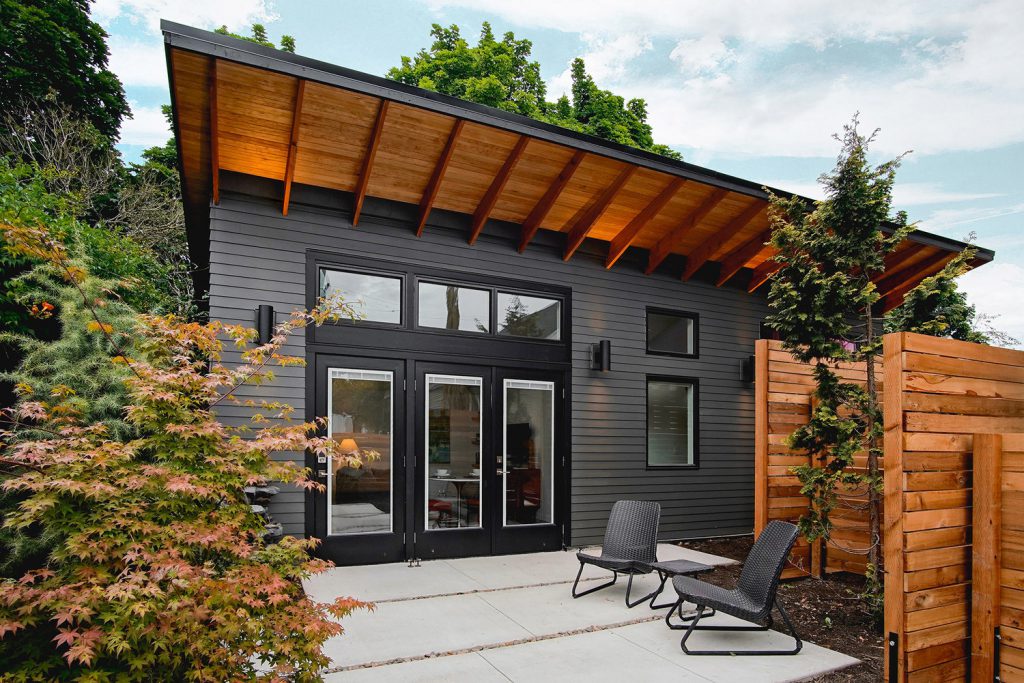NEWS UPDATE: Development Standards and Requirements for Accessory Dwelling Units (ADUs), Junior Accessory Dwelling Units (JADUs), and Moveable Tiny Houses (MTHs)
In this latest development update, it has been emphasized that ADUs, JADUs, and MTHs are permitted in zones allowing residential use by right, marking a significant stride in promoting flexible and diverse housing options within various neighborhoods. Notably, when it comes to parking requirements for newly constructed ADUs, a forward-thinking approach has been adopted. If an ADU is situated within a half-mile walking distance of public transit, there is no mandatory provision for additional parking. This initiative not only encourages sustainable transportation choices but also recognizes the evolving landscape of urban living where accessibility and transit-oriented development are paramount.
Furthermore, the removal of covered parking in conjunction with ADU construction does not trigger the need for replacement parking, aligning with the broader goal of minimizing the impact of housing development on existing infrastructure. This nuanced approach seeks to strike a balance between encouraging ADU construction and maintaining the overall aesthetics and functionality of residential neighborhoods.
To ensure compliance with standards, ADUs are required to adhere to all applicable Zoning, Building, and Residential Codes. It is worth noting that fire sprinklers are only mandated for ADUs if they are similarly required for the primary residence, reflecting a logical and safety-oriented perspective. Additionally, a noteworthy requirement has been introduced for newly constructed, detached ADUs—solar panels are now mandated, aligning with broader environmental sustainability goals and promoting energy-efficient practices in housing construction.
This comprehensive update highlights a progressive stance towards housing development, addressing not only the structural aspects of ADUs but also incorporating considerations for environmental impact and community aesthetics. The regulatory framework outlined in this update reflects a commitment to fostering diverse, sustainable, and well-integrated housing solutions within the evolving urban landscape.



